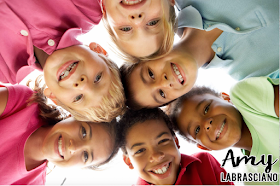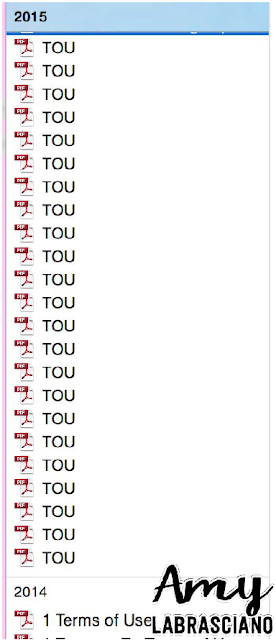Election Day is such an exciting time. Build on the excitement by teaching your students about the process through fiction reading, informational reading and a mock election.
This year we are going to spend a couple of days reading "Grace For President" and "Duck For President". When we are done we will find the central message of "Grace For President" and compare/contrast the two books the next day.
Election information has a lot of vocabulary that is new to students. When reading an informational piece we read through the first time and circle new vocabulary. Students are given a vocabulary spinner. This helps the students to work with the words in a fun way. They are asked to: write the word, draw the word, define the word and use the word in a sentence. If they still don't understand the word I have them make a 4-square vocabulary sheet that takes them through the same process as above, but in a more linear fashion. Once the vocabulary is mastered we move onto task cards. The task cards have both lower level recall questions and higher level questions on them. This helps to differentiate for students.
When we are done learning about the election process through reading students are walked stepped by step through acting out the process in class. Each step has a fun activity to do in order to help all of the learners grasp the information. This year we are voting on new genres for our classroom library and a snack to enjoy while reading those genres. Such exciting times! If you don't have time to put the materials together for your class click on the picture above to purchase this print and teach unit.
To get the students in a patriotic mood I like to give them simple and fun crafts to do for bellwork. The directions for the above craft can be found by clicking on the picture. To find the print and teach materials that I used, click on the picture. below.


























































